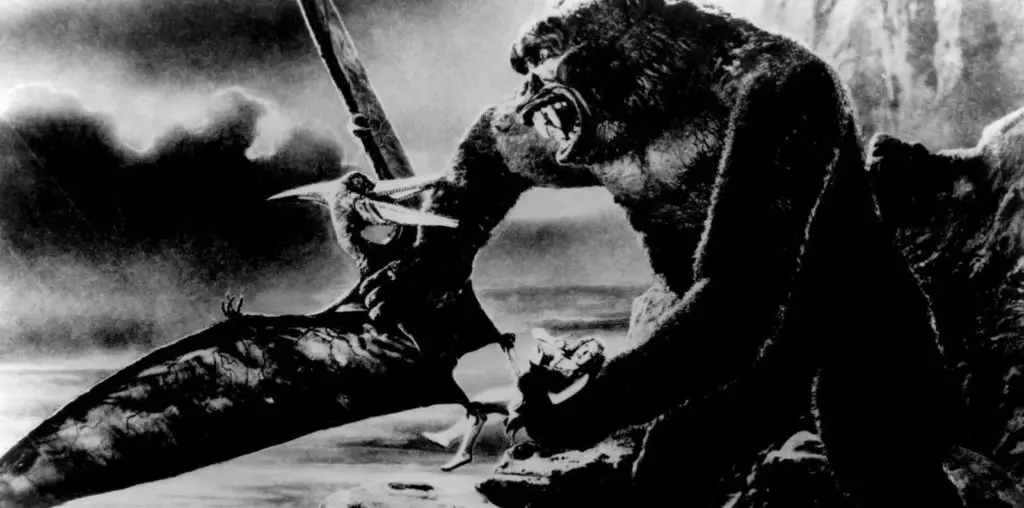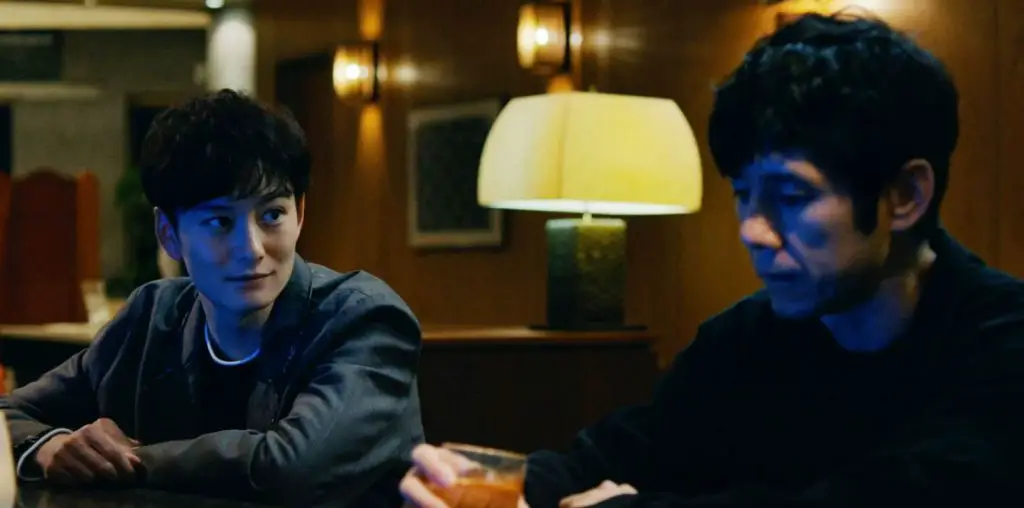
Released in May on DVD, is the Australian gem “Japanese Story”, directed by Sue Brooks, and starring Toni Collette & Gotaro Tsunashima. According to the Cannes Film Festival (where it premiered in 2003), the synopsis is as follows; “Sandy, a geologist, finds herself stuck on a field trip to the Pilbara desert with a Japanese man she finds inscrutable, annoying and decidedly arrogant. Hiromitsu’s view of her is not much better. Things go from bad to worse when they become stranded in one of the remotest regions on earth. ‘Japanese Story’ is a journey of change and discovery for its two lead characters.”
Now for the nitty gritty…
The film is beautifully shot against the background of the Australian outback, and shows the juxtapositioning of big sky country against human & cultural mores, an adventurous Australian woman against an uptight Japanese man, barriers being broken down at every turn. Initially, Sandy (Collette) doesn’t even want the assignment of playing “tour guide’ to the visiting Japanese businessman Hiromitsu (Tsunashima). Their different personalities immediately clash… she is open & conversational, he is uptight & formal, even describing her via cell phone to his boss as “Stubborn with a big bum!”. As they tour iron ore mining operations in central Australia, Hiromitsu offers the insightful remark that, “Australia is big, has lots of space, but not many people, while Japan has little space, but lots of people.” After insisting on viewing a remote location, their SUV gets stuck in the sand, and rather than facing humiliation, Hiromitsu refuses to let Sandy call for help, and they spend a frustrating, cold night in the desert.
Eventually, his determination wins, and they manage to escape the potential death trap of the remote desert. This hurdle provides a bonding experience for the two, as they realize the other isn’t so bad. Once they return to the motel, there’s a poignant love scene, where Hiromitsu lays submissively on the bed, looking every bit the shy, almost feminine Asian beauty, as Sandy caresses his hairless body in wonder. She even puts on his pants, before straddling him, in a very dominant position. The next morning is awkward, as they consume a traditional Aussie “brekkie” of eggs, sausages, bacon & baked beans. The scene softens, as Hiromitsu explains to her that the word “Hai” in Japanese has many meanings, depending on the inflection. She reciprocates by showing him the correct pronunciation of “desert”… not “dessert”. We see then, that they have truly overcome their differences & have reached an understanding…possibly through the unspoken language of love.
The last 40 minutes of the film gets rather heavy-handed. Sandy sees a picture of Hiromitsu’s wife & children, as he’s paying for petrol at a gas station. She realizes that although she’s a “new experience” for him, they have both opened up to each other in a profound way. Unfortunately, during a trip to a swimming hole, there’s an accident, and Sandy is thrown into a tailspin of having to deal with a dead companion, her co-workers questions, professional & legal inquiries, and ultimately, Hiromitsu’s wife, now a grieving widow. The film spends too much time on the intricacies of the aftermath, and with a sad, Japanese song in the background, it drags a bit. It’s hard to understand how one night of passion & a few days in the desert could make a woman so intensely in love with a virtual stranger, but it is an offbeat romance that’s really well done.
And in case the review hasn’t impressed you, here’s the list of awards that “Japanese Story” garnered in Cannes: ^ Best Film, Best Director, Best Actress (Collette), Best Cinematography, Best Composer (2003 Australian Film Critics Circle Awards); Best Film, Best Director, Best Actress (Collette), Best Original Screenplay, Best Score, Best Original Score, Best Sound, Best Cinematography, Best Editing (2003 Australian Film Institute Awards)

